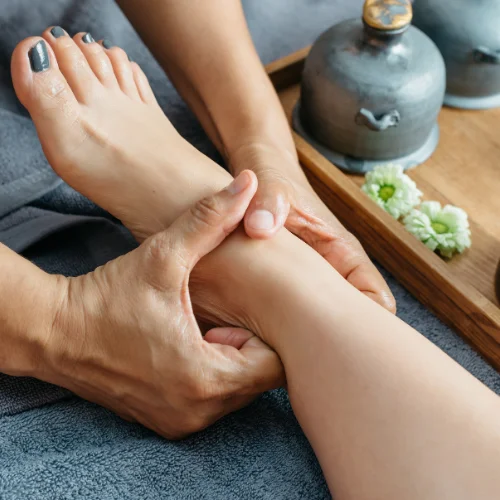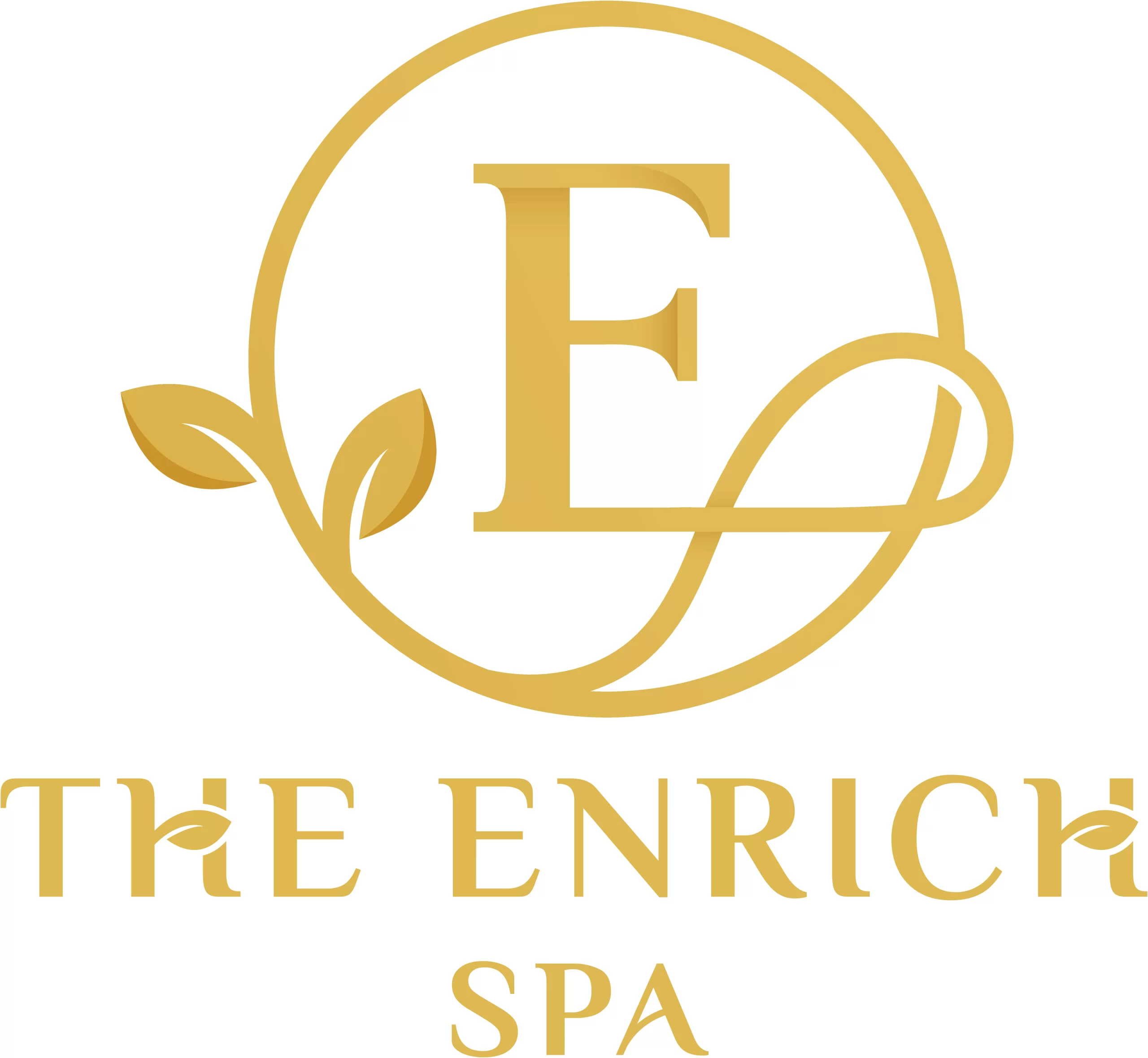Thai massage
Thai massage

Traditional Thai Massage
Also known as "Nuad Thai," this is the most traditional form of Thai massage. It combines acupressure, Ayurvedic principles, and assisted yoga postures. Performed on a floor mat with the recipient wearing loose, comfortable clothing, the therapist uses hands, elbows, knees, and feet to apply pressure along the body's energy lines ("Sen") and to stretch and bend the body into various positions. Traditional Thai massage improves flexibility, relieves muscle and joint tension, enhances circulation, and promotes relaxation. It's particularly beneficial for those experiencing chronic pain, stiffness, or stress.

Thai Oil Massage
Thai oil massage, or aromatherapy massage, is a soothing treatment that uses essential oils to enhance the massage experience. The therapist applies warm oils with gentle pressure and long, flowing strokes to relax the body and mind. The choice of essential oil can be tailored to the client’s needs, whether that’s relaxation, invigoration, or pain relief. This type of massage helps to moisturize the skin, reduce stress, improve mood, and promote overall well-being. The aromatic oils also have therapeutic properties that can aid in relieving specific physical or emotional conditions.

Thai Pinda Massage
Combining traditional Thai massage with ancestral healing methods, Thai pinda massage involves the application of plant pouches (pindas) filled with medicated herbs all over the body to facilitate energy flow. These hot poultices act on acupuncture points to relax the body, relieve muscle and joint pain, and improve blood circulation.

Thai Foot Massage
Consisting of massaging the feet with massage oil, Thai foot massage applies pressure to specific areas of the soles of the feet, which correspond with different organs of the body. This pressure releases toxins and improves the functioning of internal organs, contributing to overall well-being.
